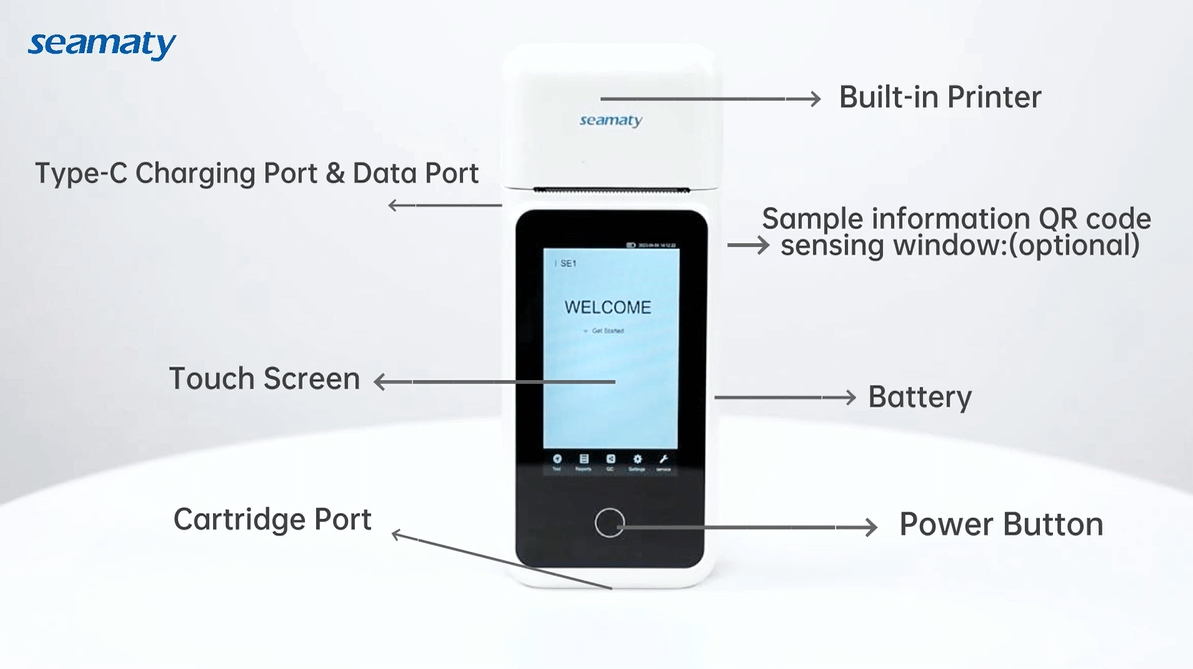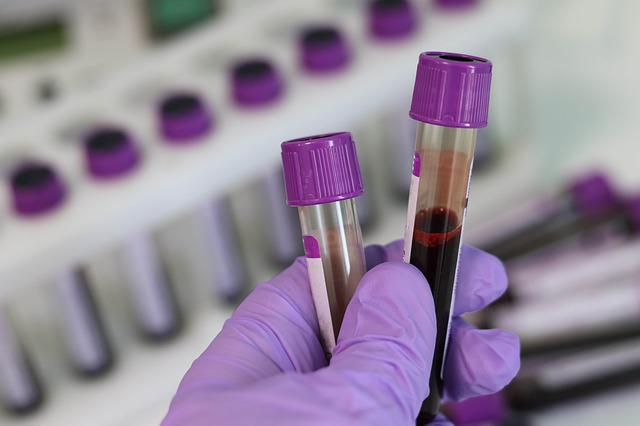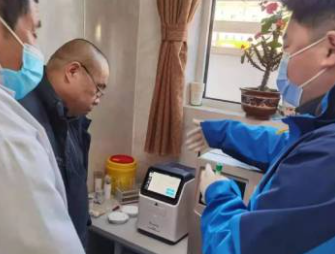Fully automated biochemical analyzers, the entire process from sample addition to results is done automatically by the instrument. The operator only needs to place the sample on the specific position of the analyzer, select the program to start the instrument and wait for the test report.
Since Technicon successfully produced the world's first fully automated biochemical analyzer in 1957, various models and functions of fully automated biochemical analyzers have been emerging. This is a very important step for the automation of clinical biochemical tests in hospitals.
With the development of science and technology, especially medical science, various automatic biochemical analyzers and diagnostic reagents have been greatly developed. According to the different structural principles of biochemical equipment, can be divided into: continuous flow type (pipeline), vertical, centrifugal and dry biochemical analyzer 4 categories.
1)Continuous flow type (pipeline type) analyzer
The chemical reaction between the samples to be tested and the reagents mixed with the same measurement item is completed in the same pipeline by the flow process. This type of instrument can generally be divided into air segmentation system type and non-segmentation system type. The so-called air segmentation system means that each sample, reagent and mixed reaction solution in the inlet pipe are separated by a small section of air. In contrast, the non-segmented system relies on a reagent blank or buffer to separate the reaction solution for each sample. Among the pipeline analyzers, the air segmentation system type is the most common.
A. Composition of flow-through analyzer
Among the flow-through analyzers, the air segmentation system type is the most common and more typical. The whole set of instrument is composed of several parts: sample tray, proportional pump, mixing tube, dialyzer, thermostat, colorimeter and recorder.
B. Advantages of flow-through analyzer.
The instrument automatically aspirates specimens and reagents, eliminating manual contamination
Automatic calculation of concentration values
Automatic incubation
C. Disadvantages of the flow-through analyzer
Only one specimen can be measured at the same time
Slow testing speed
Incubation tray needs to be cleaned manually
2)Discrete analyzer
By discrete, it means that the procedure is programmed in a manual way and replaced by a rhythmic mechanical operation, with each link connected by a transfer belt and operated in sequence. The most important features of this type of biochemical instrument are: fast speed, low cross-contamination and many test items.
Difference between discrete and flow-through type
The main difference in structure between the discrete analyzer and the pipeline analyzer is that the former reacts with individual samples and reagents in their own tubes. The latter reacts in the same tube.
3) Centrifugal analyzer
Centrifugal analyzer is a kind of analyzer developed after 1969, designed by Anderson. It is characterized by a chemical reactor mounted in the rotor position of a centrifuge. The circular reactor is called the rotor head, and the sample and reagents are first placed inside the rotor head separately. When the centrifuge is started, the sample and reagents inside the disc are mixed with each other by centrifugal force and the reaction occurs. Finally, it flows into the colorimetric tank on the outer circle of the disc and is detected by the colorimeter .
4)Dry biochemical analyzer
The dry biochemical analyzer was introduced in the 80s. Firstly, Eastman Kodak Company made dry reagent tablets to determine blood glucose, urea, protein, cholesterol, etc. in serum with its excellent chemical process. When a quantitative amount of serum was added, a color reaction was generated in front of the dry tablet and quantified by reflectance photometry. This type of method completely eliminates liquid reagents, so it is called dry chemical method.


